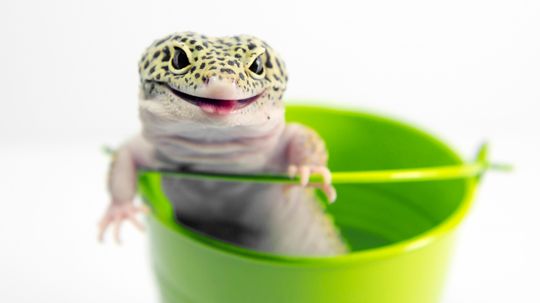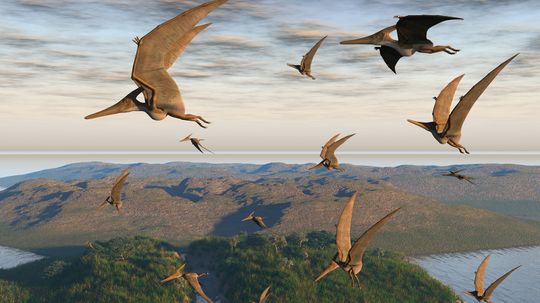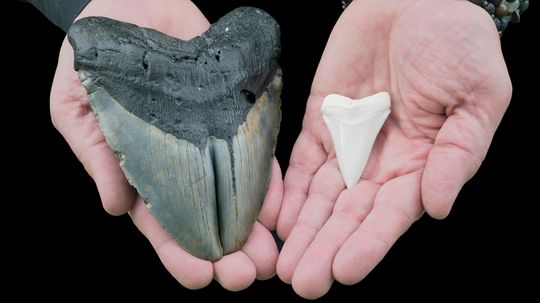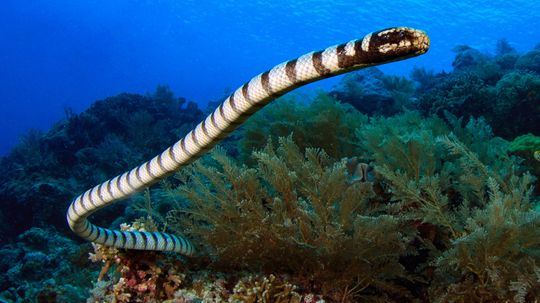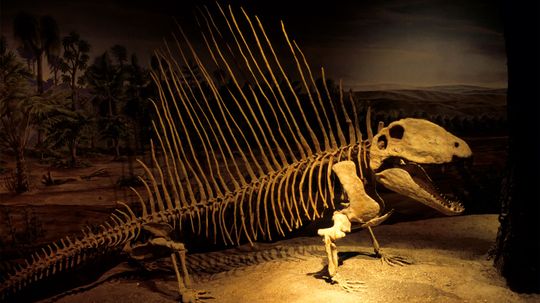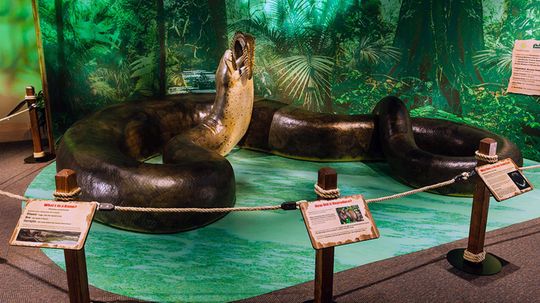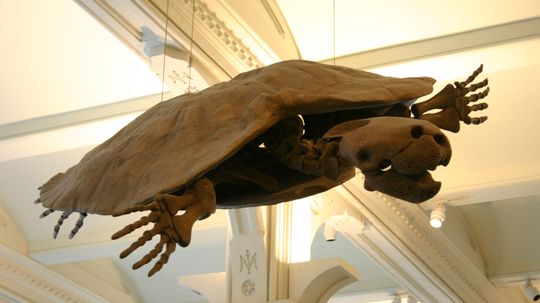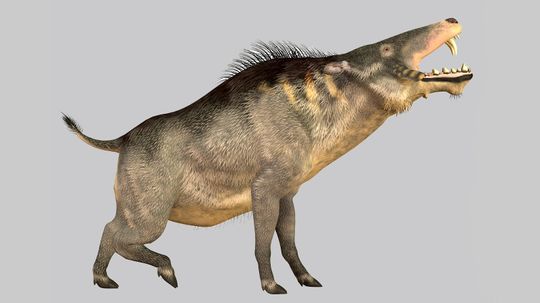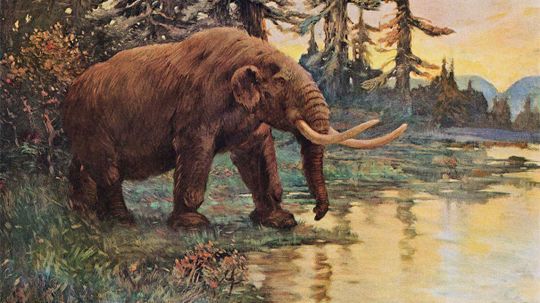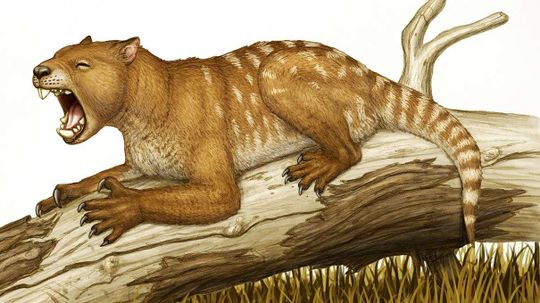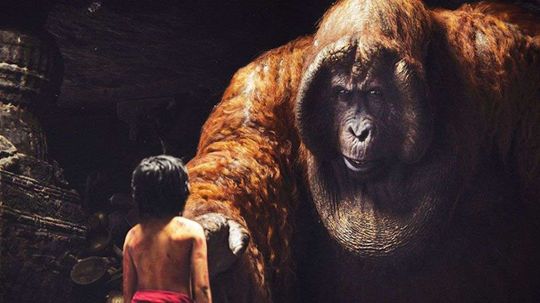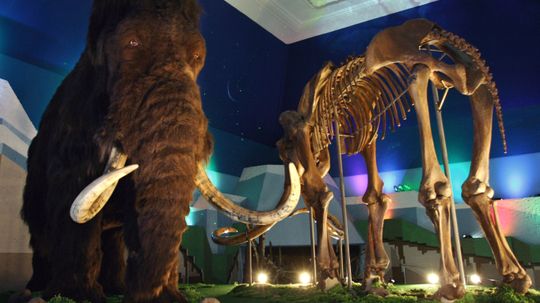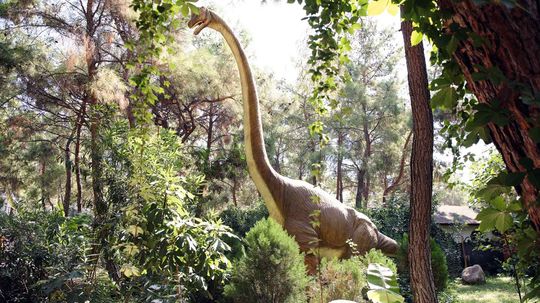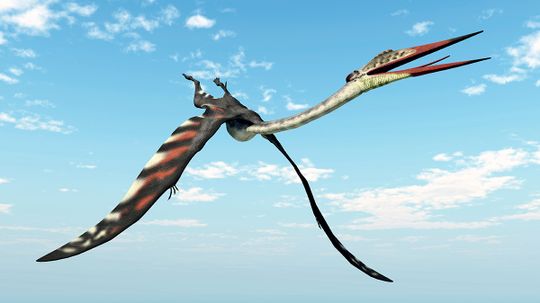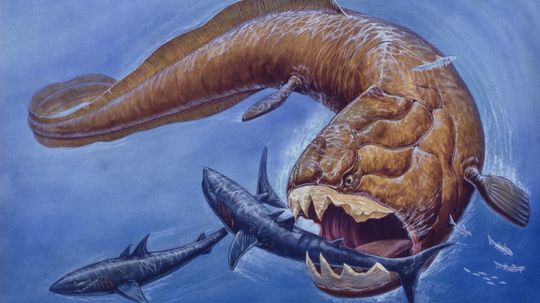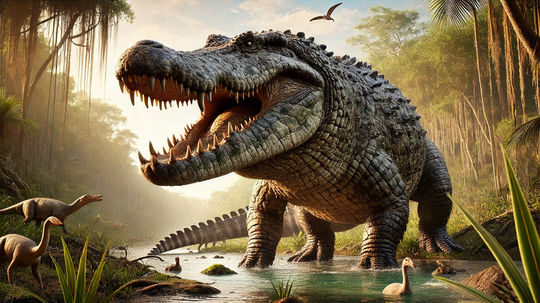Extinct Mammals
While Mammoths and Saber Toothed Tigers died out long ago, modern mammals are increasingly at risk of extinction due to human intervention. Explore some species that are no longer with us.
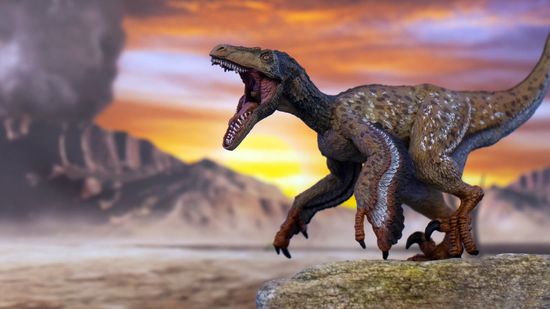
12 Scariest Dinosaurs You'd Want to Avoid While Time Traveling
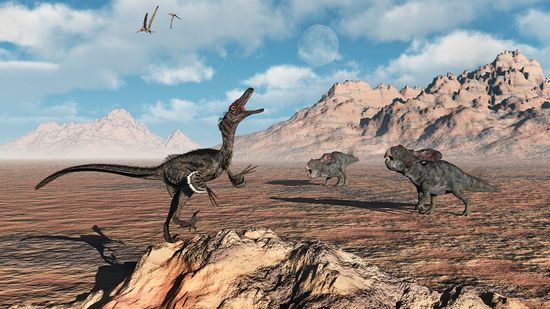
The Smartest Dinosaur (and 9 More Clever Prehistoric Reptiles)
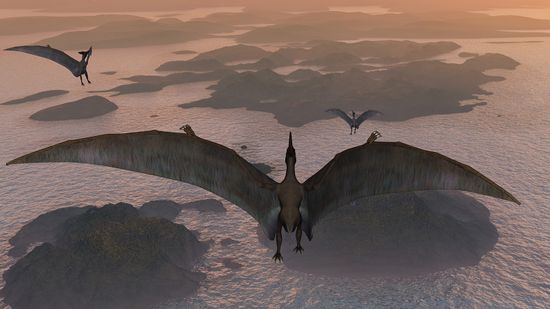
Pteranodon vs. Pterodactyl: Comparing Non-dinosaur Species
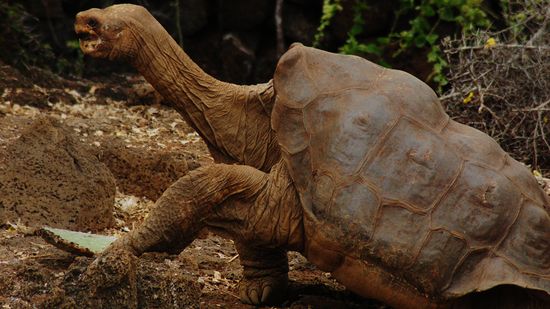
The Most Recent Extinct Animal Was Last Seen in 1995
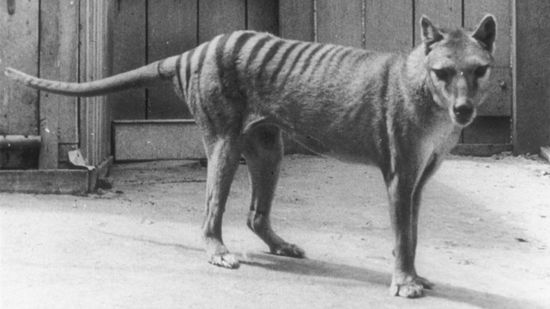
Real Life 'Jurassic Park'? Scientists Work to Bring Back Extinct Thylacine
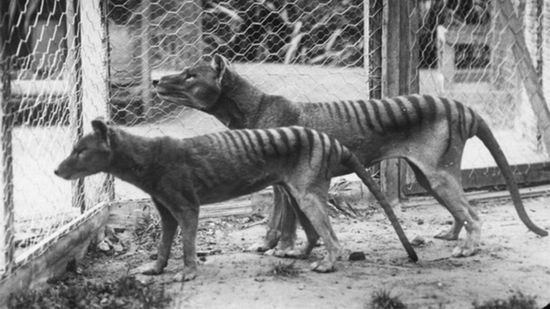
Once Thought Extinct, the Tasmanian Tiger May Still Be Prowling the Planet
Learn More
Have you ever wondered if snakes used to have legs? Believe it or not, snakes didn’t always slither on the ground like they do today. In fact, once upon a time, snakes with legs really did roam Earth, and scientists have found some pretty incredible clues to prove it.
By Zach Taras
It can be fun to imagine what it was like when dinosaurs were alive on Earth, lurking under the water, defending their territories on land and soaring through the sky. But wait, that imaginary scenario is technically inaccurate. As it turns out, there were no flying dinosaurs, only flying reptiles.
By Marie Look
The megalodon shark has intrigued scientists and the public alike with its nearly unfathomable size and power. Once ruling the ancient oceans, this prehistoric predator is often cited as the largest shark to have ever lived and even inspired a Jason Statham movie franchise.
Advertisement
If you like swimming in the ocean, you'll probably be glad to hear that Palaeophis colossaeus, a 40-foot sea snake, has been extinct for millions of years.
Before the 2003 discovery of Titanoboa cerrejonensis, Gigantophis garstini was known as the largest snake to ever roam the Earth.
Dimetrodon may look for all the world like a dinosaur, but was actually closer, evolutionarily speaking, to humans. Scientists are still trying to figure what their magnificent sails were used for.
By Mark Mancini
The extinct Titanoboa snake lived around 66 million to 56 million years ago. These things were massive and could reach 50 feet long and 3 feet wide making them the largest snake ever to have roamed the Earth.
Advertisement
Back in the day, the soupy pre-Amazonian waters were filled with beasts like Stupendemys geographicus, a giant turtle the size of a sensible sedan.
These super-frightening entelodonts (aka hell pigs) once patrolled throughout Eurasia, North America and Africa.
By Mark Mancini
A 220 million-year-old turtle fossil discovered in China is the first of its kind ever to be found.
By Mark Mancini
Massive mastodons roamed lower Kentucky during the last ice age. Jefferson was so fascinated by the creatures he was convinced they still roamed the plains in the 1800s.
By Mark Mancini
Advertisement
The method this ancient carnivore employed is unlike anything we see in predators today.
The character of King Louie gets a serious primate upgrade in the new Disney live-action-meets-CGI film. Did the ape also serve as inspiration for sasquatch and yeti?
Both of these massive prehistoric creatures belonged to the same family, but they're actually very different species.
A lot of prehistoric animals were massive, but do we really know why? And is there a larger animal roaming the planet today?
Advertisement
They were creatures of the air, but they aren't part of the avian family tree - and don't call them dinosaurs. What was life like for the pterosaurs, and what has sparked renewed interest in these flying reptiles?
A stunning array of strange and ferocious aquatic beasts patrolled Earth's waters long before they became the stuff of legends and "Jurassic Park" movies. One could eat a great white shark in one gulp.
By Chris Opfer
If you thought sea monsters were just the stuff of myth, you thought wrong. With giant, razor-sharp teeth, ancient cetaceans - the ancestors to modern whales, dolphins and porpoises - make even nightmares seem dull.
By Marie Look
